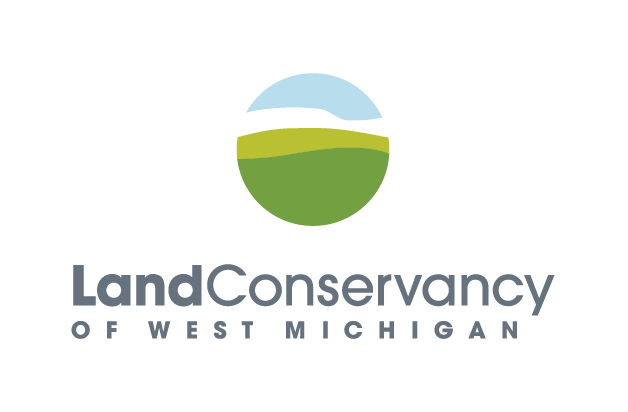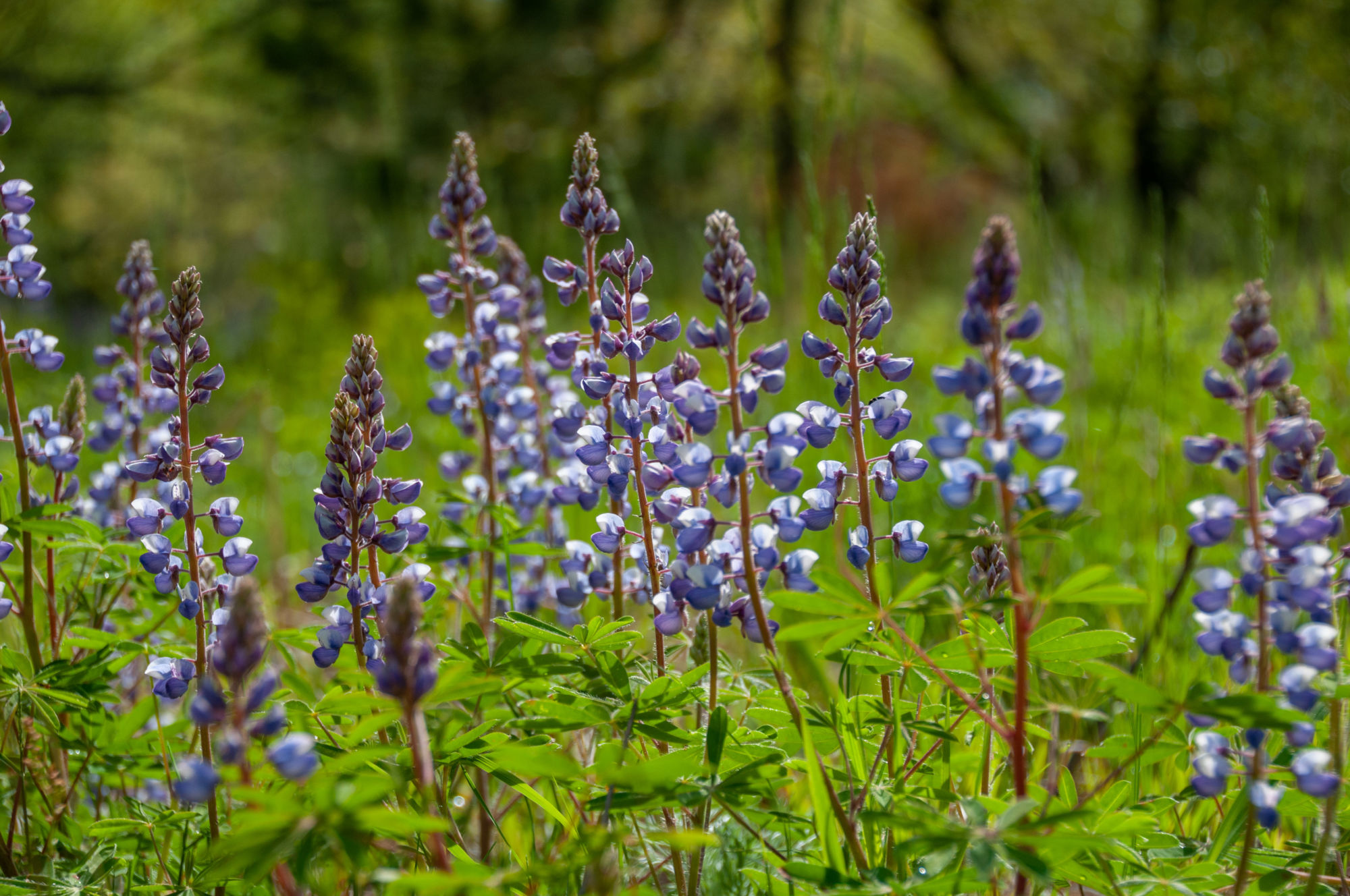
Putting Nature in its Place

On a bright clear morning in early December, I watched a bulldozer tear up the land. Back and forth it worked, methodically stripping vegetation from the ground and skimming off the soil. Behind it, an excavator ripped into a hillside and piled the dirt a few yards away. A forty-foot tree was in the way, so the excavator moved that too, pulling the spruce up by the roots with a terrible crack and remarkable efficiency.
Scenes like these usually make me shudder. We often talk about the first step in conservation as saving land from the bulldozer. These are machines of vast destruction.
But this morning was different. This morning, it was me who was presiding over these changes in the land. I gave my blessing on the removal of the tree. It was the Land Conservancy that was orchestrating this work, with backing from U.S. Fish and Wildlife Service and Ducks Unlimited, to start bringing nature back to The Highlands, a former golf course in the middle of Grand Rapids, a partner project with Blandford Nature Center. (Read more about the Restoration Project here.)
During the 108 years this land was a golf course, the site was heavily altered. Virtually all the original vegetation was removed, replaced by sanitized turfgrass, ornamental shrubbery, and non-native trees. Vibrant wetlands were filled in to make way for cart paths and fairways. Underground drains were installed to shuttle away any remaining water, keeping a century’s worth of golf shoes shiny and mud-free.
Standing in the fresh dirt, I watched as the excavator pulled up a piece of drainage tile, severing a connection that for years prevented water from collecting at the surface where it belongs. Nearby, the bulldozer carved out a shallow depression where no doubt a wetland once stood. Watching this in action, I realized a great irony: machines like these once destroyed wetlands here. Now they’re putting one back.
And as I watched water seep back into the wetland for the first time in over a century, I came to another realization: I’ve been thinking about The Highlands all wrong.
Ever since the Land Conservancy began this project nearly a year ago, I’ve been thinking about this site as a former golf course. It’s true–we can’t escape that part of the site’s history. But The Highlands’ 100-year stint as a golf course is merely a blip–a short hiatus–in the site’s much longer and richer history as an area where nature was allowed to thrive untamed. For thousands of years–the vast majority of The Highlands’ past–it flourished with the bounty of wild forests, prairies, and wetlands. Towering oaks spread their branches. Birds of all kinds nested there. Springtime frogs filled shallow ponds as herons came in to feed.
What if, instead of thinking about The Highlands as a former golf course, we started thinking about it as former nature? As former forest, former prairie, former wetland? As an area where people once lived in congruence with the land, working with it, instead of against it?
And those questions lead to another important one: can we bring this vision back?
The answer probably has to do with how much we’re willing to reconcile the idea of human thriving with the thriving of natural systems. After all, The Highlands is now a thoroughly urban site, and in modern times we’ve done a thorough job of relegating nature to the edges of our cities. And consequently, to the edges of our minds. But that is no way to live. Nature is not a luxury for those who drive long distances to pristine vistas up north or out west. It’s an essential part of human existence, at the core of who we are. It’s time to put nature back in its place. Which is right here. With us. In the city.
Even if it begins with a bulldozer.





evan Jasick
Let’s make it happen! How can I help?
Barbara Olson
Thank you Justin. I am excited to witness the restoration of this once uncultivated place. Maybe a beginning to a larger acquisition of golf courses leading to more reestablishment of our beautifully wild spaces.